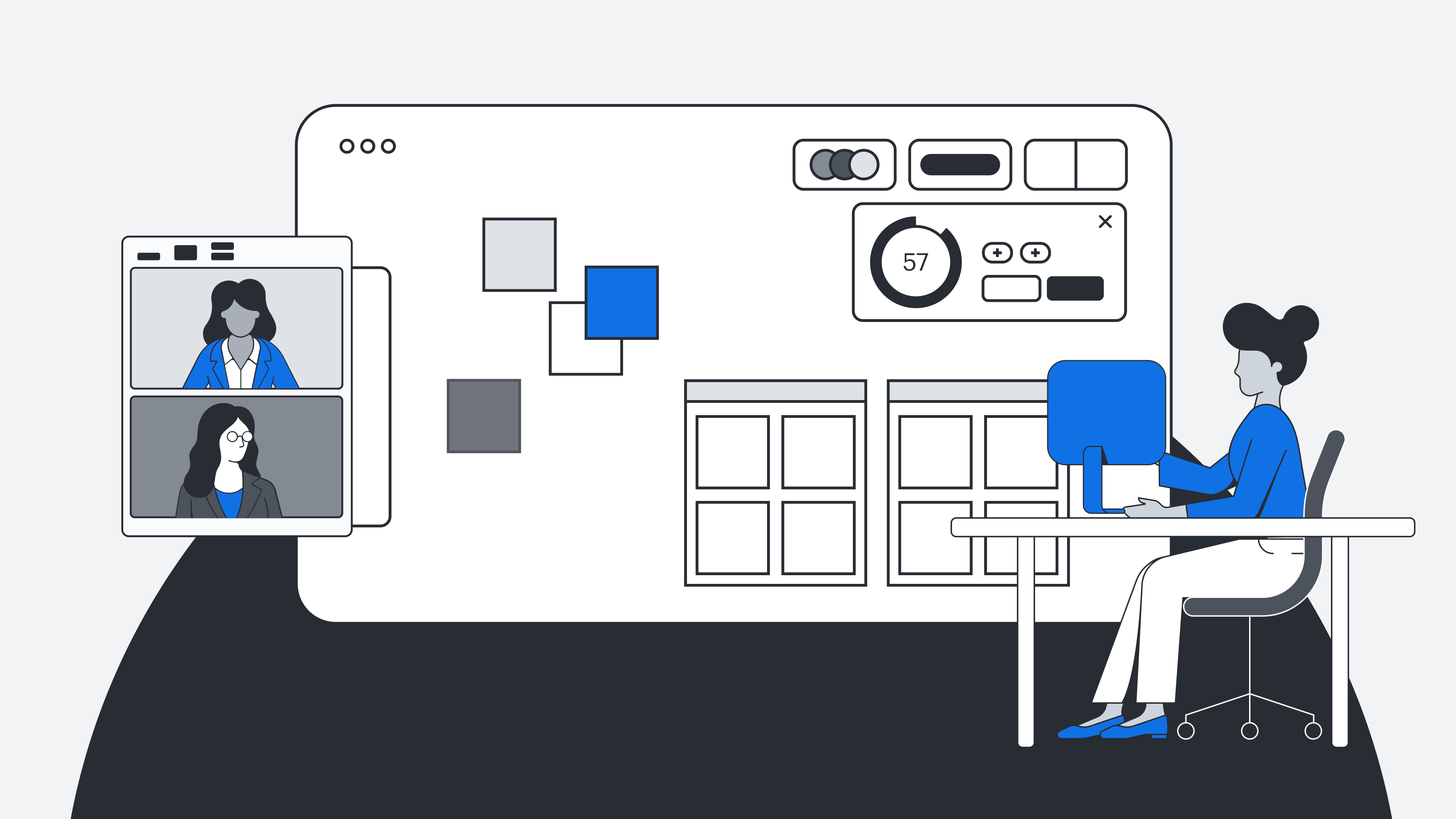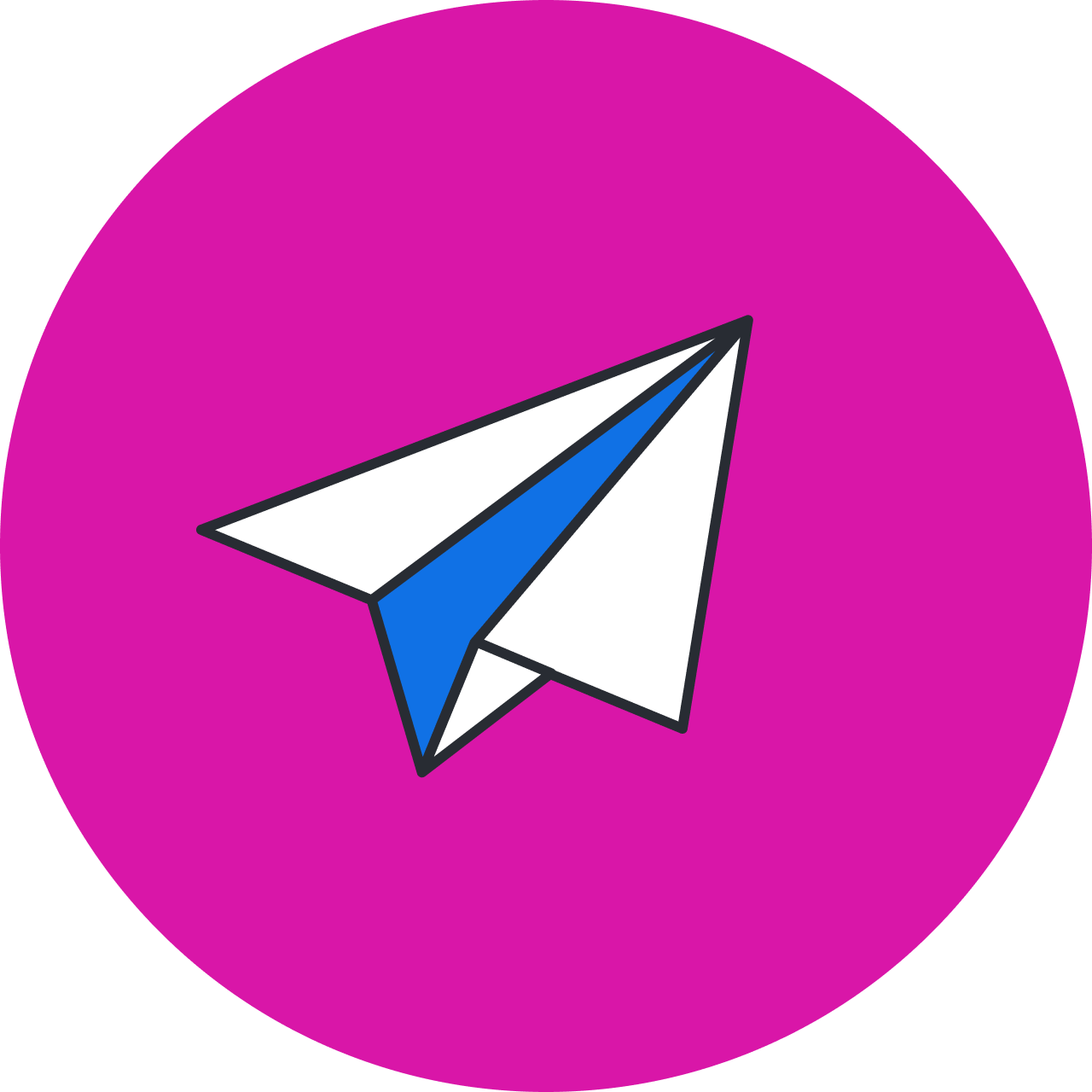
How 5 companies used the Lucid Visual Collaboration Suite to transform remote collaboration
Reading time: about 7 min
Even as employees continue to return to the office, there’s no question that hybrid work is here to stay. This is why the capability for teams to effectively engage in remote collaboration is more critical now than ever before.
Obstacles to effective remote collaboration are largely due to the lack of proper facilitation tools, a gap in airtime during meetings, miscommunication about roles and responsibilities, and more.
For many companies, the solution lies within the Lucid Visual Collaboration Suite.
By looking closely at five customer stories from BambooHR, Mozilla, CarGurus, EVBox, and Darkroom, we see how different business leaders overcame the challenges of remote collaboration. Let’s take a closer look into why they adopted the Lucid Visual Collaboration Suite and how it improved their workplaces.
BambooHR: Facilitating effective planning sessions
BambooHR CEO Brad Rencher described a typical planning session (pre-COVID-19) as a room full of scribbled on sticky notes, messy whiteboards, boxes of donuts, and coffee cups. Fast forward to the pandemic: BambooHR’s employees were working remotely, and Brad needed to find an effective way to hold virtual planning sessions. That’s when he discovered Lucidspark.
Upon implementing Lucidspark, Brad quickly realized that meeting productivity and alignment didn’t have to be compromised just because his team was working remotely. With features and functionality such as voting and Collaborator Colors, the team was able to align during high-stakes strategy meetings and beyond.
“We’ve all had virtual calls where cameras are off, you’re talking to a blank screen, and it’s not going well. When you’re doing multi-hour strategy sessions, it’s key that I as CEO can draw context out of everyone’s minds and hearts so we can make the best decision. We’ve tried other online collaboration products, but the dynamic nature of Lucidspark with features like color coding and voting, all in one application on one canvas with flexibility, really helped our meeting reach a new plane.”
In fact, using Lucidspark went so well that Brad and his executive team agreed they’d prefer to use Lucidspark over PowerPoint or a physical whiteboard even when they could meet in person again.
Mozilla: Getting up to speed quickly
Mozilla UX designers Ryan Feeley and John Gruen were designing a username and password flow for Firefox Sync, an information synchronization tool. As they began planning, they wanted to keep their teams informed, but the project quickly became complex. Not to mention, Ryan and John worked in different locations: Toronto and New York. So they needed to find a way to work remotely while still maintaining a high level of alignment.
Turning to Lucidchart, they quickly learned that the infinite canvas opened doors to explore user flow diagrams that could be worked on both synchronously and asynchronously. Lucidchart’s Dropbox integration helped to reduce duplicate artifacts in the workflow. With their Dropbox folder, employees could easily find low-fidelity user flows with one click. This would give the viewer a snapshot of the basics, and then the developers could design high-fidelity versions right within the editor.
“Maintaining these diagrams helps people come up to speed with the way the system works.”
CarGurus: Enhancing the Zoom meeting experience
Justin Donlon, VP of process innovation and analytics at CarGurus, had been searching for the right whiteboarding solution to support his team. He hoped to recreate an in-office, instantaneous, collaborative work environment.
With his entire team working from home due to COVID-19, the need for effective remote collaboration was a must. Already a Lucidchart user, Donlon discovered Lucidspark.
Lucidspark soon became a go-to feature for Justin’s day-to-day meetings, offering the perfect space to post agendas, meeting notes, ideation, and categorization in one accessible location. However, the real test for Lucidspark’s abilities would come as a massive new project for the team: rebuilding an enterprise application stack.
As one of the chief enterprise architects on the project, JR Morris needed to gather knowledge and input from various teams throughout CarGurus to create a multi-phase deployment plan. JR organized 90-minute Zoom meetings with Justin, with a shared Lucidspark board to establish a remote collaboration space for participants. The addition of Lucidspark added a new dimension to how working sessions and Zoom meetings were conducted at CarGurus.
With the right collaboration tool in place, participants could now visualize the transition of systems, each diagram building on the last, with all additional systems color-coded.
To JR’s surprise, Lucidspark’s intuitive features made the workshopping sessions even more efficient and seamless than usual.
“I think actually one of the benefits that was a little easier than even whiteboarding in person was using copy and paste,” said Justin. “It's something you don't think about, something as simple as copy and paste that you use on your computer, you can't do on a whiteboard.”
EVBox: Finding a place for everyone to share their ideas
When embarking on a new project to dive deeper into their customer journey flows, the top priority for the EVBox team was making it a collaborative process. A more integrated approach was needed with so many different teams involved before a lead passed to sales.
Acquisition Marketing Manager Tom Smedes, UX designer and Growth Marketer Justyna Krakowiak, and Ads Specialist Eszter Major started with customer journey workshops. With all employees working remotely, they searched for a tool that would allow them to collaborate and engage across teams. Their search led them to Lucidspark.
In the past, Justyna tried tools like Miro and Stormboard. For the marketing team’s deep dive into customer journey flows, Lucidspark made perfect sense as a tool to give team members equal say, especially since EVBox was already using Lucidchart.
“We can all chat over Zoom, but then just two people with the strongest voices keep talking, and it doesn't feel like there's any consensus on things at the end. So we knew that wouldn’t be a very good way to do it,” Justyna said.
In Lucidspark, her team found a tool where everyone could collaborate, vote, and come back later to see what happened during the workshop—all in one central location.
In addition to synchronous collaboration, the team also took time to work in the board asynchronously. This motivated individuals who might not normally speak up in a meeting to contribute insightful ideas. In fact, the team found that they generated even more ideas by allowing individuals to work in both environments.
In a traditional setting, this all had to happen during the workshop. With Lucidspark, the work could be split up since ideas come at different times for different people.
Darkroom: Creating seamless feedback loops
With a team that heavily relies on a shared space to problem-solve, remote work can be tricky. For Darkroom CEO Majd Taby, a visualization tool for his geographically distributed teams was extremely important. Majd used OmniGraffle to visualize ideas, but after hiring more remote workers, he soon discovered that he needed a more collaborative platform.
Enter Lucidchart.
Lucidchart quickly became the team’s single source of information for all of their projects. Across offices, teams could visualize, collaborate, and brainstorm on thoughts and ideas.
Majd said, “Being able to express how my brain thinks in a diagram is really important. I use it a lot for knowing who owns what, who needs to talk to who, and how something needs to traverse the object hierarchy to get there. It helps me think through all that.”
Lucidchart provides a space where Majd’s team can visualize his thought processes for the team and then get their ideas too—a seamless feedback loop.

Experience the Lucid Visual Collaboration Suite today.
Take me thereAbout Lucid
Lucid Software is the leader in visual collaboration and work acceleration, helping teams see and build the future by turning ideas into reality. Its products include the Lucid Visual Collaboration Suite (Lucidchart and Lucidspark) and airfocus. The Lucid Visual Collaboration Suite, combined with powerful accelerators for business agility, cloud, and process transformation, empowers organizations to streamline work, foster alignment, and drive business transformation at scale. airfocus, an AI-powered product management and roadmapping platform, extends these capabilities by helping teams prioritize work, define product strategy, and align execution with business goals. The most used work acceleration platform by the Fortune 500, Lucid's solutions are trusted by more than 100 million users across enterprises worldwide, including Google, GE, and NBC Universal. Lucid partners with leaders such as Google, Atlassian, and Microsoft, and has received numerous awards for its products, growth, and workplace culture.
Related articles
How Lucid engineers use Lucid to collaborate across the entire software development lifecycle
Learn how Lucid’s engineering teams use Lucid to collaborate better, solve problems quickly, and innovate continuously.
3 ways general and administrative teams use Lucid to optimize their organizations
Here are 3 ways Lucid helps general and administrative (G&A) teams (operations, finance, HR, and executive management) become more efficient.
How Lucid helps teams build—not just talk about it
Find out how to use Lucid to work efficiently, collaborate continuously, and build the future faster.
How 7 companies use Lucid to improve Agile processes and increase efficiency
Check out how Lucid helped these seven companies enhance their agility and efficiency.
